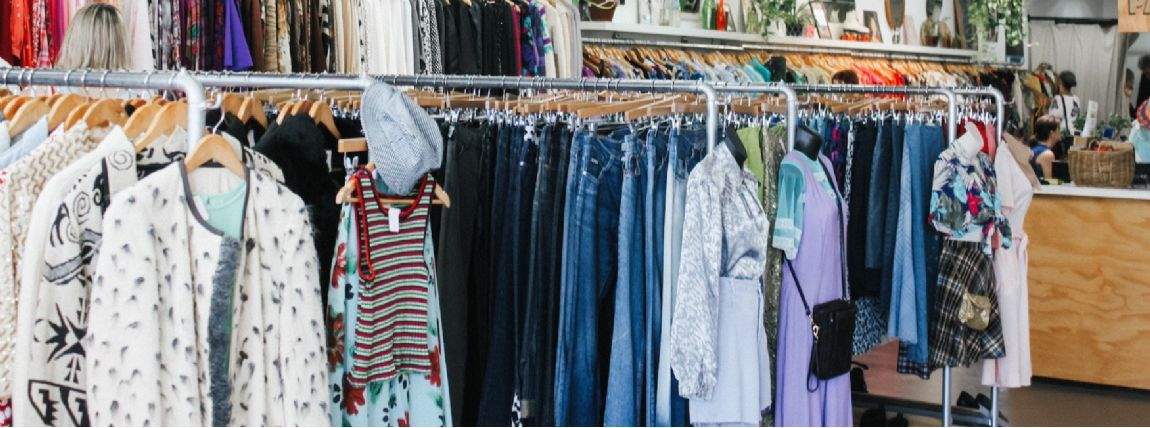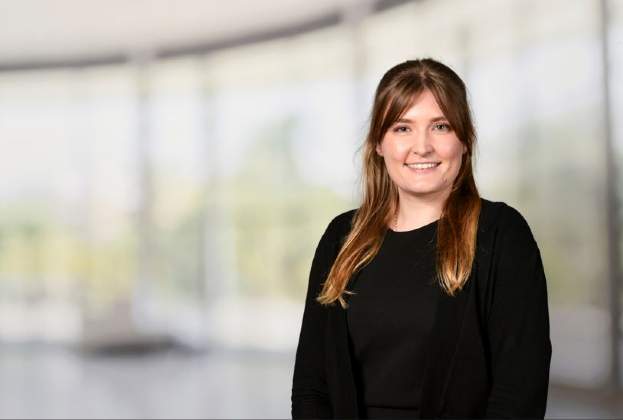Void periods, especially in shopping centres, can be frustrating and have negative consequences for both landlords and neighbouring retailers. However these temporarily vacant units can also provide numerous opportunities for buildings to offer a different style of space to communities who need it.
According to the Centre for London’s most recent report, at least 2,000 commercial units in London alone have sat empty for six months or more and as many as 11,000 have been vacant for over two years. This can occur for multiple reasons: maybe a scheme is undergoing redevelopment, the tenants are changing or perhaps it is just a tricky space to fill.
Billed as ‘meanwhile’ space, in the interim these units can be used by local entrepreneurs or charities and can even help to improve the experience offered by shopping centres. In fact, many of Savills managed centres are capitalising on this trend by using it as a chance to provide not only financial but social and environmental benefits.
Across Savills managed sites we have seen a number of instances of meanwhile space being utilised in this way, generally falling into three key classifications: charity initiatives, community facilities and health and wellbeing enterprises for staff and visitors.
One example of a successful charity initiative is a shopping centre in Exeter which donated a void unit for a seven-week period to the YMCA. The charity then used the space to train young people in areas such as finance, marketing and customer services in order to help them find employment opportunities. The YMCA subsequently used the space as a pop-up café for a week, run by the people on the programme.
Elsewhere, community facilities have seen the installation of ping pong parlours, run by Table Tennis England, which saw increased engagement in the space by both younger and older demographics as a result. Another void unit was used to collect and store unwanted warm coats, jumpers and sleeping bags donated by local people in order to help the homeless.
Staff and customer morale has also been boosted by the introduction of green areas in some vacant spaces. For instance, one Savills managed site in Brentwood created a staff garden, which saw a decrease in absence due to sickness. Another centre used vacant roof space to create an autism friendly garden for public visitors, encouraging customer wellbeing.
There are undoubtedly challenges when it comes to utilising short-term vacant space especially for innovative, exciting and valuable projects. Prohibitive planning and licensing systems and a lack of tried and tested examples mean that there remains a perceived risk in giving over sites to meanwhile users. However, the multiple benefits are hard to ignore.
What’s clear is that there are countless further opportunities for meanwhile space to add value to a community, both within new developments and existing buildings. With 1 per cent of London’s land set to be developed in the next ten years, we need to make sure that we are using it for good in the meanwhile.
Further information
Contact Savills Sustainability

.jpg)
.jpg)


.jpg)